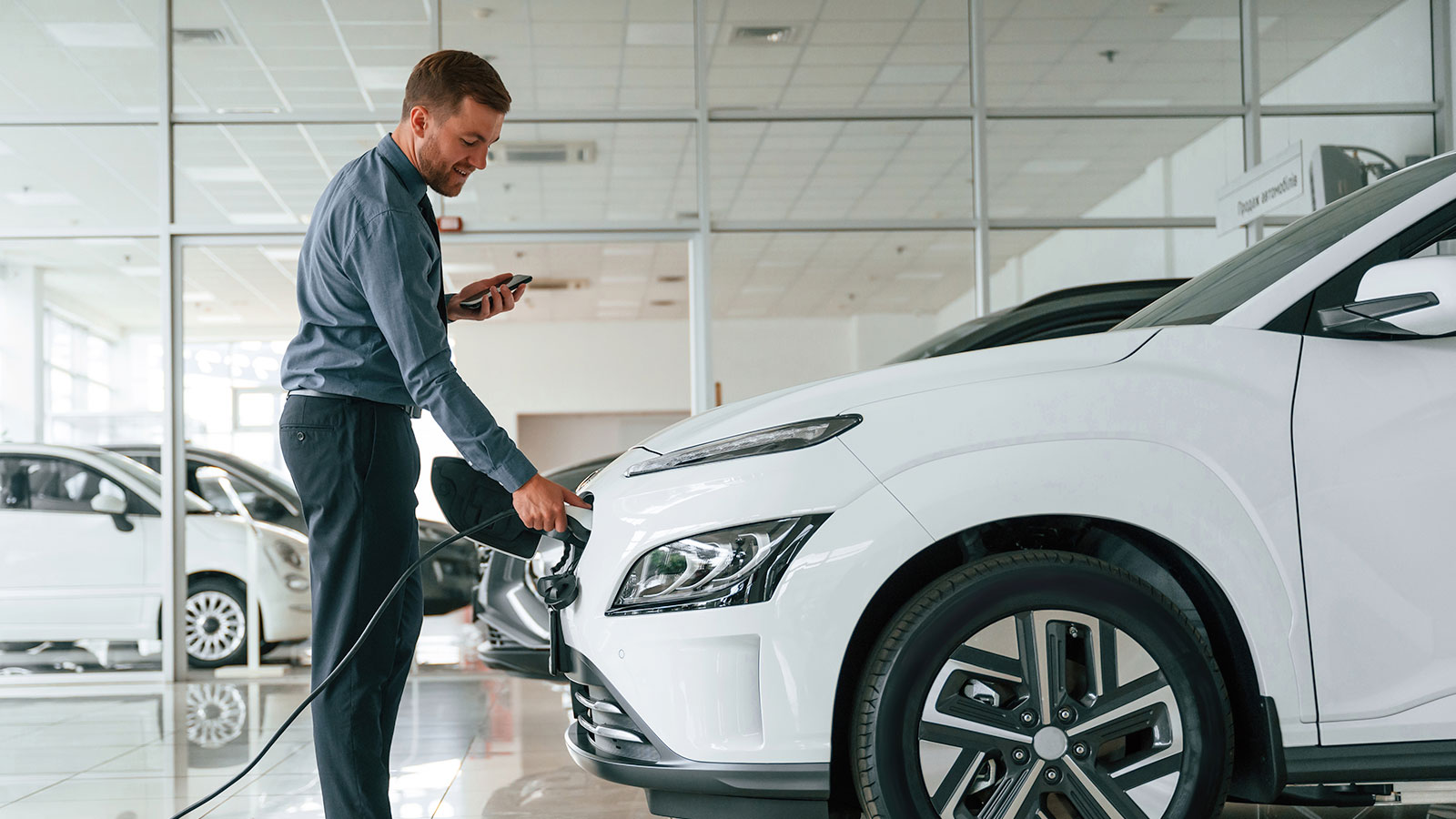It’s predicted that electric vehicles could represent 40% of all new car sales by 2030, up from the 10% in 2022 and more than the industry itself has thus far predicted.
That’s according to new research from Morningstar, which believes that current estimates for EV adoption are too low and that the transition is likely to happen faster than many think. While the automotive industry believes that only 35% of all new car sales will be electric by 2030, Morningstar thinks that is too conservative.
In its report, Morningstar noted that current industry estimates cite only China and Europe having large adoption rates for electric vehicles. While both regions are the most likely to see an explosion of electric vehicles over the coming years, with Europe in particular planning to phase out fossil-fuelled cars by 2035, Morningstar believes that other areas of the world will also see an EV boom by 2030.
According to Morningstar, there could be an EV boom in the US, Canada, Japan and South Korea, just as is likely to happen in Europe and China. However, it did preface that any large-scale adoption would rely on the roll-out of EV charging infrastructure – something the US Government is spending upwards of $2.5 billion on, while US automakers are also investing heavily in their own nationwide networks.
Additionally, the industry has been sceptical as to whether consumers would continue to purchase electric vehicles without subsidies. They believe that the removal of subsidies could heavily stunt the growth of electric vehicles, although that hasn’t happened in the UK, with electric cars soaring to 20% of overall sales in August 2023.
Morningstar believes that subsidies will be unnecessary come 2030, with many new electric vehicles likely to reach cost parity with traditional fossil-fuelled cars. In that scenario, range anxiety and the lack of adequate charging infrastructure could become the biggest barrier to adoption – not cost.
That’s a scenario that has already played out in places like Norway and China. Norway initially introduced a hefty subsidy in 2001, with little uptake from consumers. It was only when Tesla entered the market with long-range electric vehicles in 2013 that drivers in Norway began to make the switch from 6% in 2013 to 17% in 2015.
Norway’s adoption rate dipped in 2016, however, as the country lacked an adequate EV charging network in many areas. Having set out to build that network in 2017, the country has enjoyed explosive growth in electric vehicle adoption – with EVs making up 88% of all car sales in Norway in 2022. That’s even with the country beginning to pull some of its subsidies.
It’s likely that we will see this happen in the majority of car markets around the world, with some transitioning faster than others – such as the European Union.
Seth Goldstein, CFA, Equity Analyst, Morningstar and lead analyst for the report, commented, “We forecast the EU will see 50% EV adoption by 2030. As the high-powered charging network is built through the Trans-European highway network, we see strong EV sales growth in the second half of the decade.”





